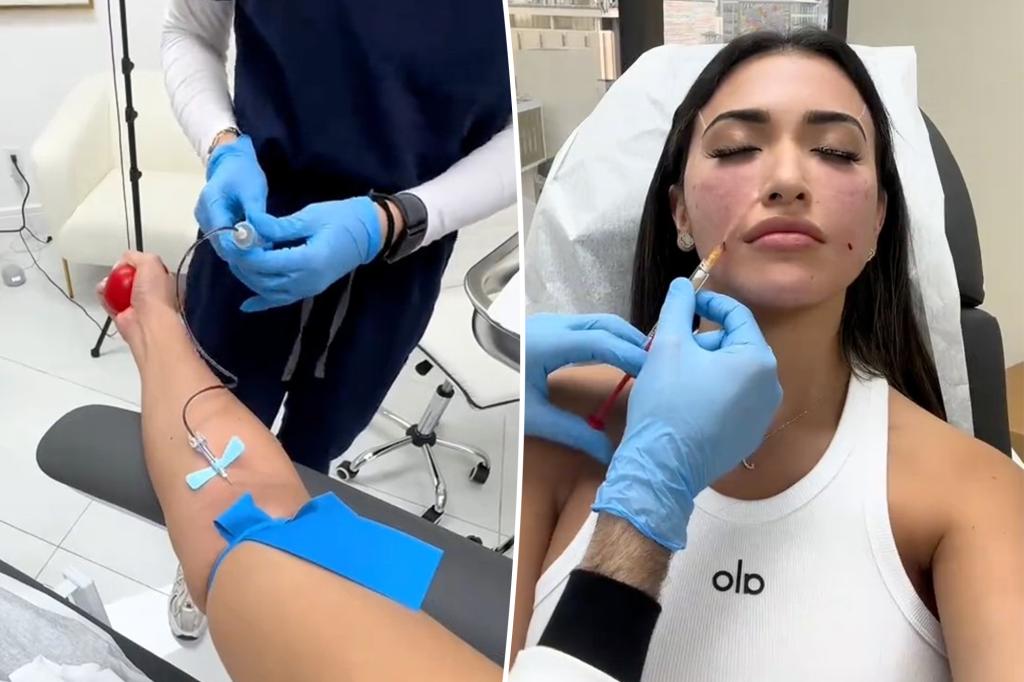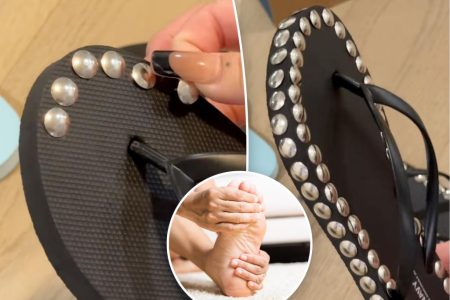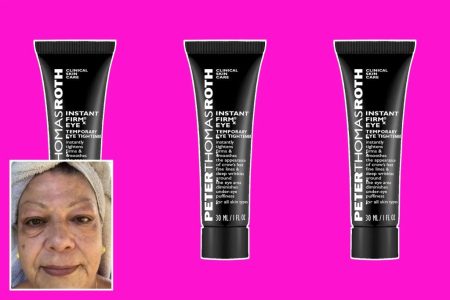The vampire facial, which involves injecting PRF or platelet-rich fibrin derived from the patient’s own blood into the skin, is gaining popularity as a natural alternative to traditional aesthetics procedures such as fillers. PRF, similar to its cousin PRP, is created by spinning the patient’s blood in a centrifuge to separate the rejuvenating concoction. This treatment is believed to expedite skin healing, minimize wrinkles and under-eye circles, and potentially treat hair loss. The injections are considered the next generation of PRP treatments typically used for sports injuries.
Although the PRF injections are priced between $500 to $2,000 per session and require multiple treatments for optimal results, they are commonly used as facial fillers, particularly under the eyes. However, some doctors are skeptical of the treatment’s efficacy, citing the lack of published data on its benefits. One small study from last year found promising results in treating acne scarring and improving skin texture and elasticity but the overall scientific support for PRF injections is lacking. Some patients have reported being unhappy with the results and even experiencing scarring as a result of the treatment.
Board-certified facial plastic surgeon Dr. Amir Karam expressed concerns about the reliability of PRF injections, noting that they are unlikely to create or change volume under the eyes. He also mentioned the substantial bruising and trauma that can occur from repeated injections in sensitive areas like under the eyes. The FDA has also raised concerns about potential blood contamination and associated health risks with stem cell-based treatments, although the classification of PRF in this regard is uncertain. Despite these warnings, more individuals are turning to PRF injections due to “filler fatigue” and the desire for a more natural approach to skin revitalization and rejuvenation.
Some doctors, like board-certified dermatologist Dr. Doris Day, are more cautious about offering PRF injections to their patients. Day believes that PRF is being marketed as a filler but may not work in the same way, and she has not seen enough published data to support its use in aesthetic treatments. She emphasizes the importance of informed decision-making and advises against the treatment for some of her patients. Other doctors, like double board-certified facial plastic surgeon Dr. Michael Somenek, see the potential in PRF injections for addressing signs of aging, hair loss, and skin healing but acknowledge the need for more research and clinical evidence to support its efficacy. Ultimately, the decision to pursue PRF injections should be made with careful consideration and consultation with a qualified medical professional.















